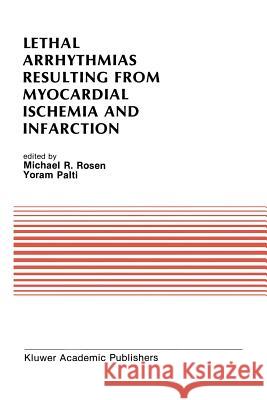Lethal Arrhythmias Resulting from Myocardial Ischemia and Infarction: Proceedings of the Second Rappaport Symposium » książka
topmenu
Lethal Arrhythmias Resulting from Myocardial Ischemia and Infarction: Proceedings of the Second Rappaport Symposium
ISBN-13: 9781461289166 / Angielski / Miękka / 2011 / 310 str.
Lethal Arrhythmias Resulting from Myocardial Ischemia and Infarction: Proceedings of the Second Rappaport Symposium
ISBN-13: 9781461289166 / Angielski / Miękka / 2011 / 310 str.
cena 602,40
(netto: 573,71 VAT: 5%)
Najniższa cena z 30 dni: 578,30
(netto: 573,71 VAT: 5%)
Najniższa cena z 30 dni: 578,30
Termin realizacji zamówienia:
ok. 22 dni roboczych
Dostawa w 2026 r.
ok. 22 dni roboczych
Dostawa w 2026 r.
Darmowa dostawa!
Proceedings of the Second Rappaport Symposium, Haifa, Israel, March 13-16, 1988











